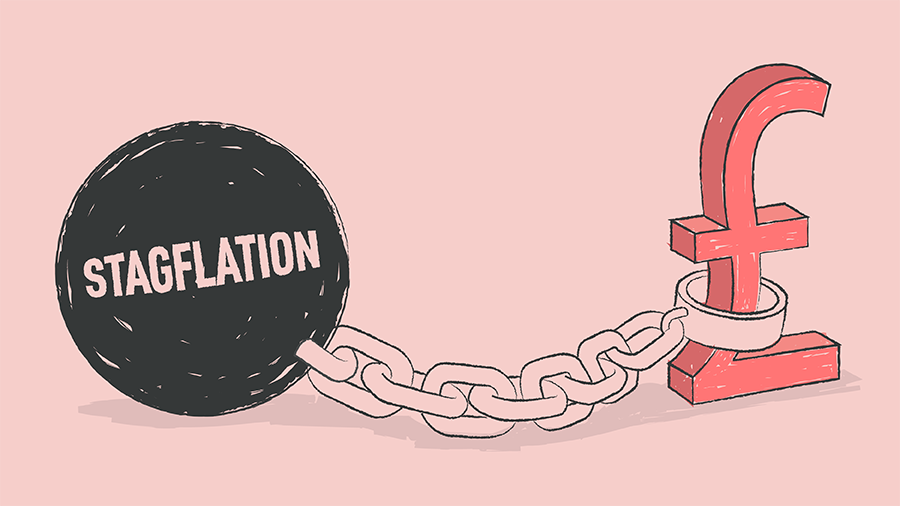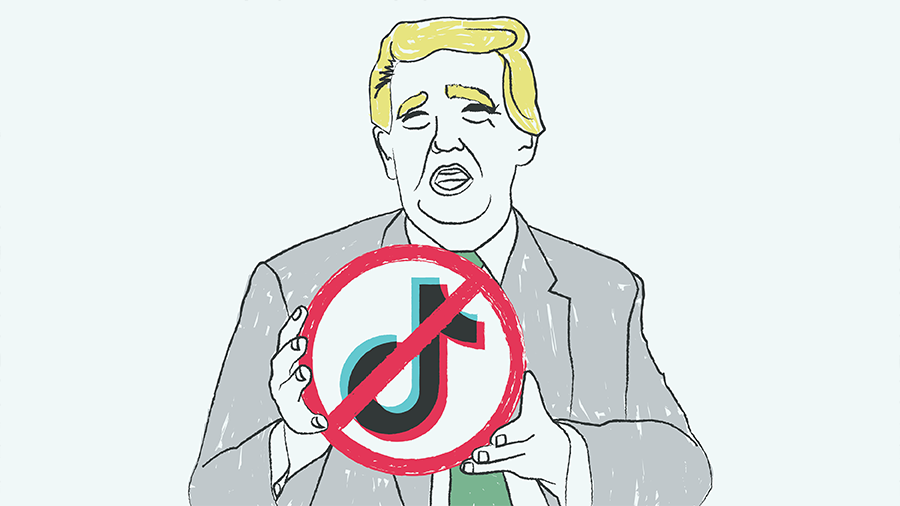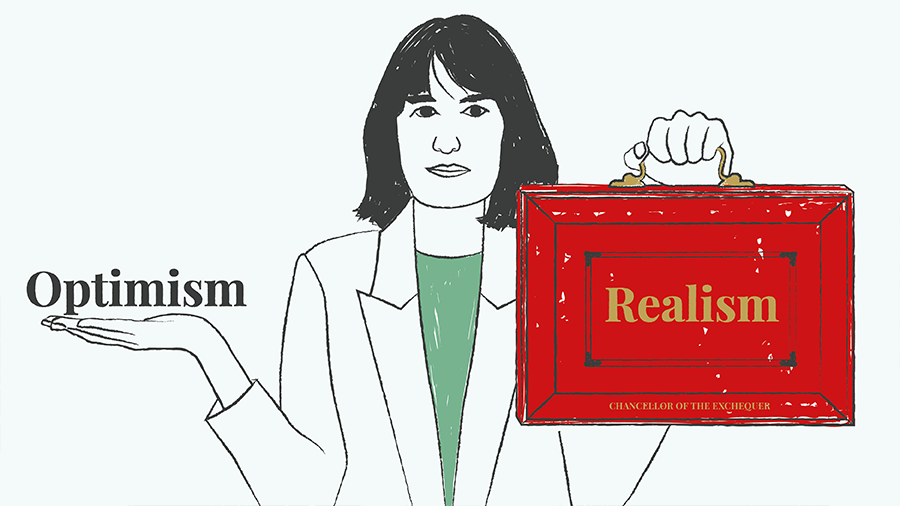
A month or two back, actress Saoirse Ronan did a rare thing, silencing a panel of celebrities in full flight on the Graham Norton Show. Eddie Redmayne had just explained how he had been trained how to defend himself with a phone, for his role in The Day of The Jackal. So far, so banter.
Gladiator actor Paul Mescal thought it faintly ridiculous that someone would think to reach for their phone if they were being attacked, until Ronan remarked: “That’s what girls have to think about all the time.”
To their credit, the other guests stopped and listened patiently as she explained how many women have to think through contingencies like that, because they don’t feel safe.
It was a great example of the power of diversity, of how having a different perspective in the room can help you think differently.
The argument for diversity is well known. Having people with different backgrounds, personalities and experiences increases the level of challenge and the breadth of ideas, leading to more rigorous and creative thinking, and a lower risk of making fundamental errors or false assumptions.
This is why the idea of ‘culture fit’ can seem so controversial. ‘They’re just not a good match for our culture’ can very easily become shorthand for ‘they’re just not our kind of people’.
There’s no doubt that the idea of culture fit has been used to exclude promising candidates who aren’t similar to the existing team, and that this is harmful. But that doesn’t mean we should consign the concept to the dustbin of history.
I come from a diverse background, so I’m sensitive to this, but I also spend my professional life helping companies find top people who will stay the course. And I know that, for better or for worse, culture fit is a powerful predictor of whether someone will still be in the role after six months.
I also know why: clashes over beliefs, attitudes and behavioural norms tends to lead to a kind of mutual organ rejection, characterised by deteriorating performance and working relationships. It’s neither pleasant nor productive to be an outsider, for the candidate or the business.
So how do we square the circle, being inclusive while maintaining necessary cultural cohesion?
There’s culture and there’s culture
The key is to understand that some aspects of culture are much more important than others, and this determines whether culture fit is a good or a bad reason to say no to a candidate.
Very different people, coming in with different beliefs, attitudes and ways of doing things, can thrive in the same culture so long as they share the same fundamental values. That’s not the words people plaster on their walls, incidentally. It’s things like accountability and responsibility, mutual respect and basic right vs wrong.
Here, conformity is non-negotiable – an honest culture won’t abide a liar, nor a caring culture a bully. It’s also very unlikely that a new team member will change their values, unlike for example their attitudes to failure, where they might learn to be more open because that’s what everyone else is doing.
But there are other aspects of culture that are superficial and arbitrary, where it’s at best immaterial whether everyone fits. It doesn’t, or rather it shouldn’t, matter whether someone prefers not to join in after-work pub sessions on a Thursday or Friday night, or participate in heated debates about football.
Insisting on fit in such cases – because otherwise they’re ‘not being a team player’ – is just counterproductive, silencing or driving away valuable people. In fact, surfacing occasions where someone is excluded for such things can be a good sign the culture needs changing, not the person.
Knowing what is and what isn’t non-negotiable about your culture is clearly essential for knowing whether candidate difference is a deal breaker, although it isn’t always an easy distinction.
A company might have a strong culture of forthright debate, verging on confrontational. It might say this produces better thinking, but it will also exclude and deter those with more agreeable and/or neurotic personalities, simply because that kind of culture makes work unpleasant for them. Should culture fit around that be non-negotiable?
In such circumstances, there is a trade-off between having an open door to diverse talent and maintaining cultural norms that you see as strengths. The best you can do is to ensure you understand the decision you’re taking and the likely consequences, rather than doing so by reflex.
As with any other aspect of executive search, making the right decision on who to hire begins with understanding yourself first – in this case not just who you are a business, but who you want to be.
Speak to us now about assessing your culture and how we optimise for both culture fit and diversity when longlisting senior candidates.















